Home to 24 UNESCO World Heritage Sites for Culture, Iran is scattered with ancient cities and ancient sites to capture the imagination of any traveller. With so many amazing historical sites to see, a fabulous culture to experience and the friendliest and welcoming people to meet Iran is one of our favourites places to travel to.
From our years of experience travelling in Iran, we have pulled together what we think are the best places to visit in Iran. So, let us jump into it.
Abyaneh
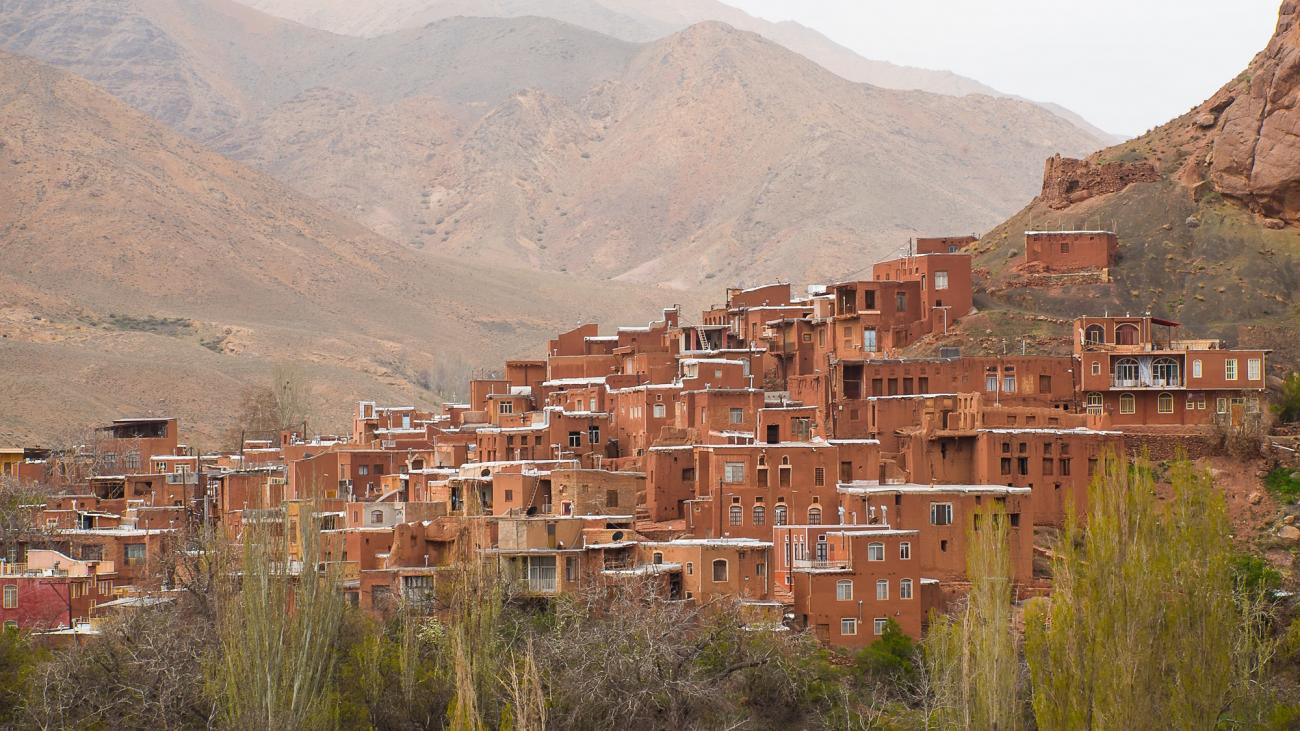
Known as the “Red Village”,Abyaneh is one of the oldest standing villages in Iran situated on the slopes of Mount Karkas. Thought to be over 2,500 years old, Abyaneh is a living museum of Iran. The architecture, culture, ceremonies, language and clothing is well preserved from ancient times. The most striking part of Abyaneh is the red brick buildings, constructed of local stone, that melt into the stunning red mountainous backdrop.
Ardebil
The name Ardebil comes from the Zoroastrian name of "Artavil" (mentioned in Avesta) which means a holy place. A market centre for a fertile agricultural region, the town is famed for its silk and carpet trade tradition, and the ancient Ardabil Carpets are considered some of the best of the classical Persian Rug creations. The city also offers its visitors warm mineral springs, which made it a popular resort for the rulers of Persia.
Bam
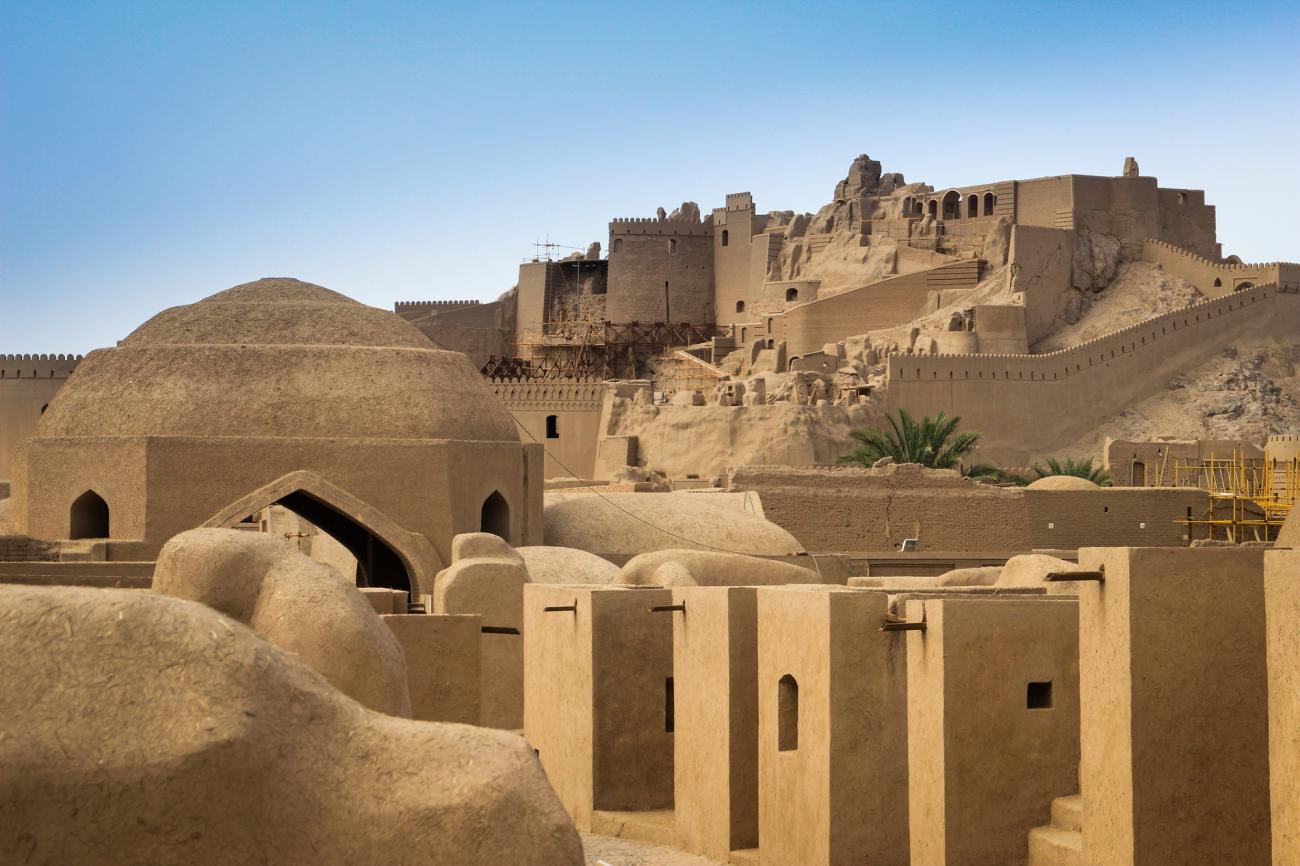
Lying along the southern edge of the Iranian high plateau, ancient Bam can trace its origins back to the Achaemenid period of the 6th to 4th centuries BC. Straddling the crossroads that once bore witness to the caravans of silk and cloth that passed through these desert landscapes, the city’s once great citadel dominated the old oasis, until the devastating earthquake in 2003 that destroyed much of the old and new cities.
In recent years extensive work has been undertaken to rebuild Bam’s cultural heritage and much of the renovation has remained sympathetic to the original character of the old city, helping to rebuild Bam’s future from the ruins of its past.
Bandare Anzali and the Caspian
Located 1,300m above sea level and established by the Russians in 1800, Bandar Anzali is the most important seaport in the north of Iran. The Caspian Sea is the largest salt-water lake in the world, rich in fish and famous for its natural resources. The coastal area consists of the provinces of Gilan and Mazandaran and with its lush, subtropical vegetation is in marked contrast to the rest of Iran.
The Caspian coast, generally referred to as 'Shomal' (the North) attracts many Iranian tourists, for its greenery and cooling rains. The scenery, with its thickly wooded mountains and typical Caspian houses is still wild with a great variety of flora and fauna including jackals, bears and wolves. It is an excellent area for trekking or day hikes.
Hamedan
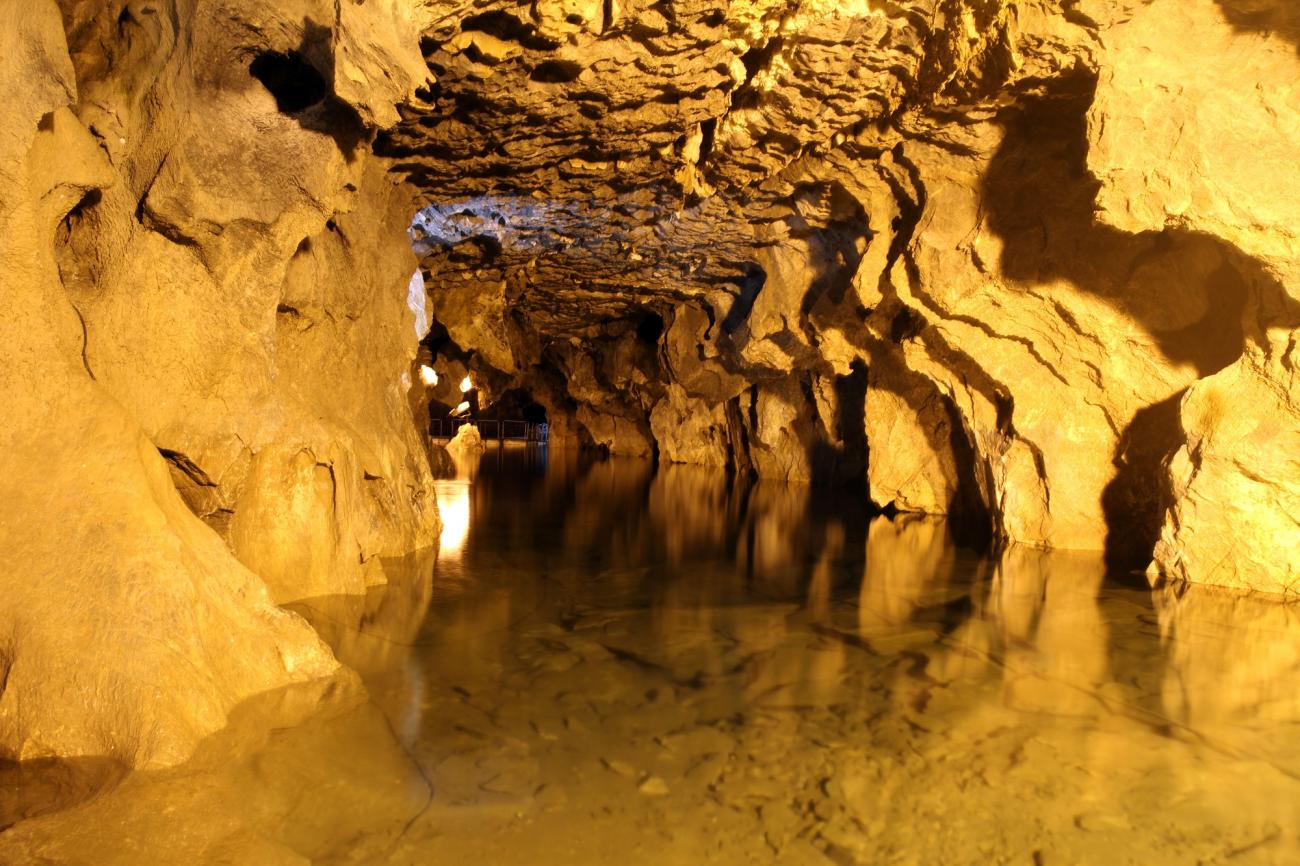
Located in western Iran, Hamedan is in the foothills of the Alvand Mountain. Legend says that the original Hamadan was built by the mythical King Jamshid; whatever the truth, it is certainly the oldest city in Iran and one of the oldest in the world. At the height of its glory, Hamedan was described as one of the most opulent cities. It had splendid palaces, buildings plated with precious metals, and seven layers of town walls, of which the inner two were coated in gold and silver.
The glorious riches naturally attracted hordes of invading armies but after Alexander's conquest, Hamedan lost much of its former importance. The successive sackings have spared few of Hamedan's ancient monuments; however, some valuable artefacts have come to light, and much remains unexplored.
Isfahan
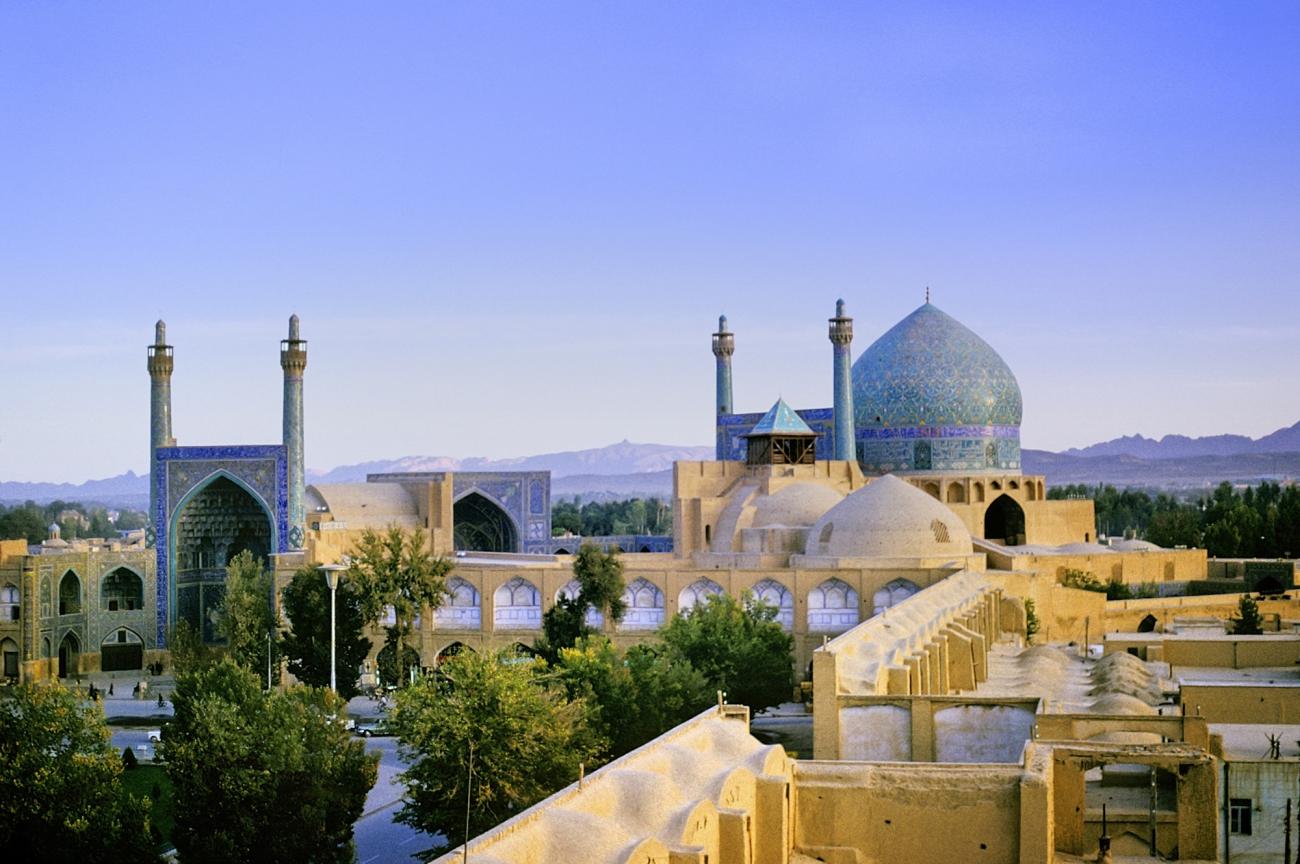
"Isfahan nesf-e-jahan" Isfahan is half the world. So goes the old Persian saying and without a doubt Isfahan's charms continue to beguile and fascinate visitors. Its magnificent mosques, palaces and bridges are some of the greatest examples of Islamic architecture in the world. Isfahan's golden age was under Shah Abbas I, who came to power in 1587 and made Isfahan his capital city.
Jolfa
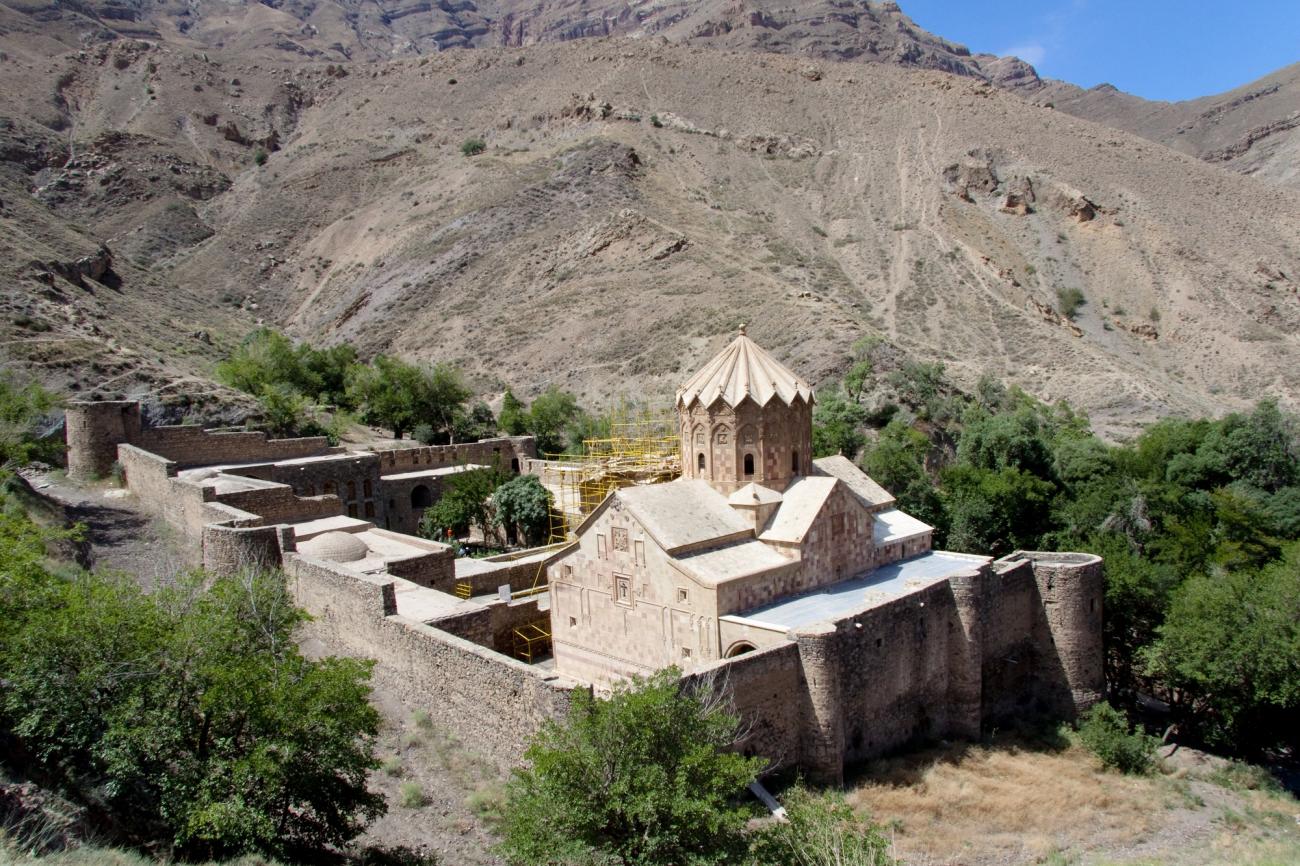
Jolfa is located right on the border with Azerbaijan and was at one time a major Armenian settlement until Shah Abbas I moved them to Isfahan at the beginning of the 17th century. They were known for their trade and wine-making skills and 'New Jolfa' is still what Isfahan's Armenian quarter is known as. It has long been an important customs post with much of Iran's imports and exports pass through here.
MORE INSPIRATION IN IRAN
Kashan
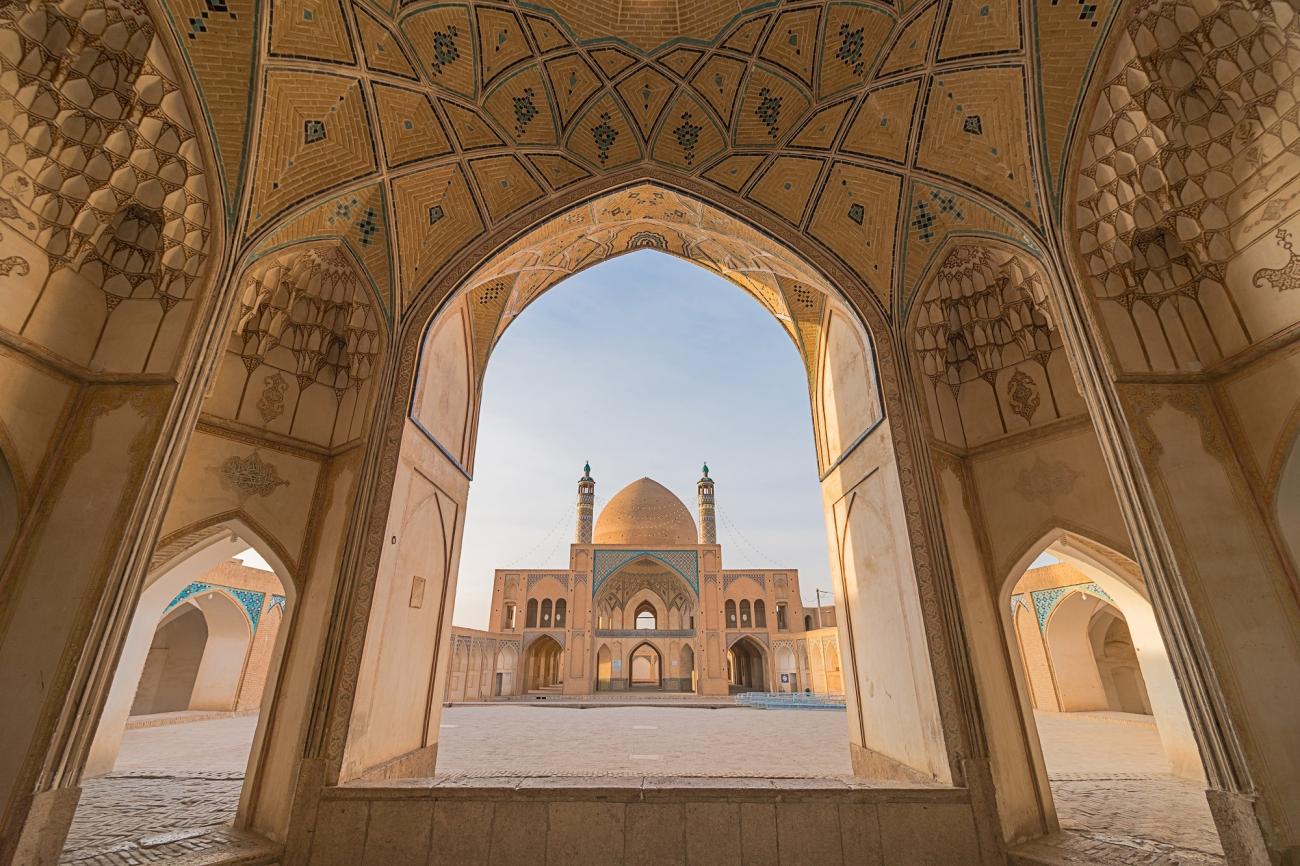
Kashan has several ancient monuments, most famous are the mausoleum of Shah Abbas I, the 12th century Friday Mosque and the Safavid royal buildings south-west of the city centre. Also interesting are the Agha Bozorg Mosque which has a theological school and the beautiful Fin Gardens.
Kerman
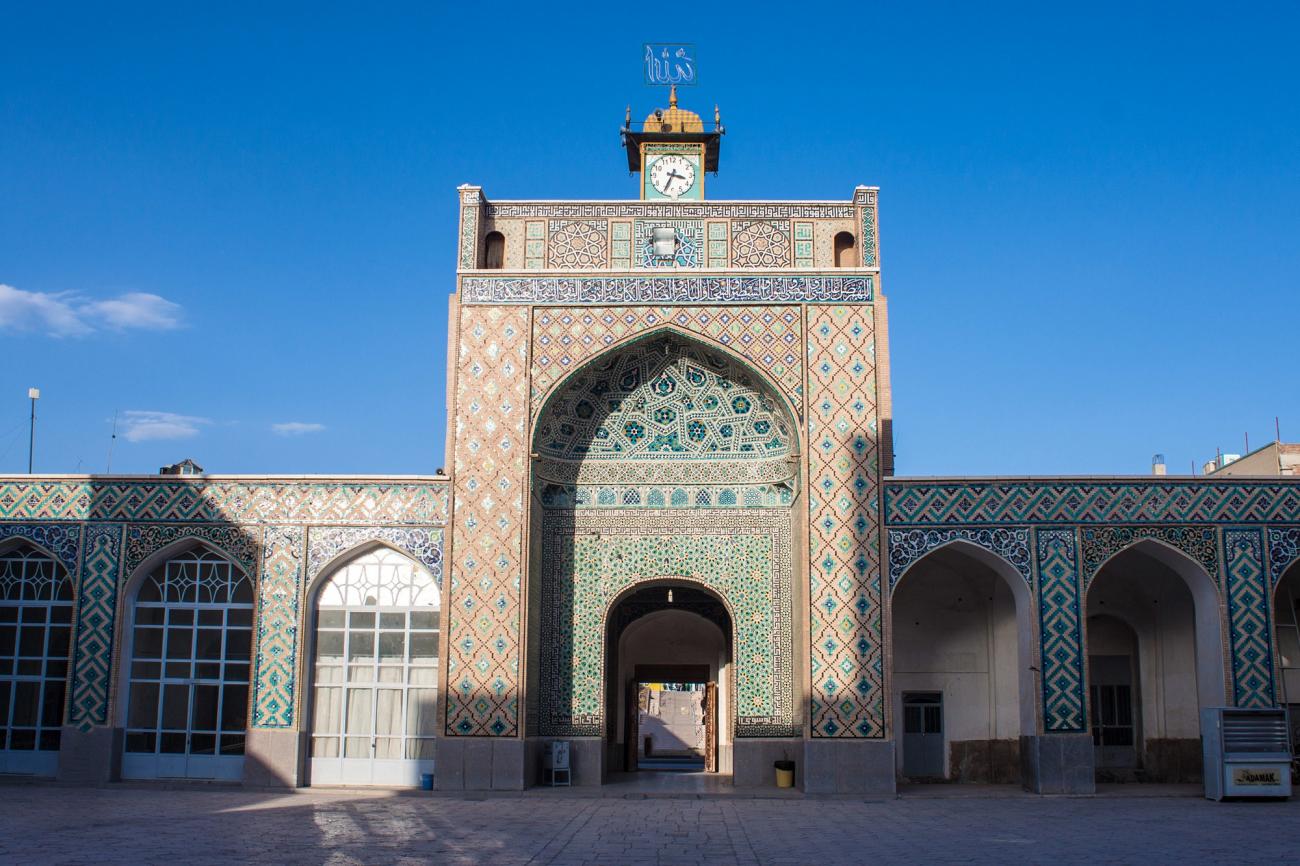
Home to a number of historic mosques and ancient Zoroastrian fire temples, Kerman's historic and cultural ties have seen it endure invasions by Abbasids, Sassanians, Seljuk Turks and Safavids. A thriving centre for Kharijite and Zoroastrian tradition, the city is home to the country's most comprehensive museum dedicated solely to the anthropology of Zoroastrianism.
When Marco polo visited Kerman in the latter years of the 13th century it was a great centre of trade and, whilst much of that prestige has faded, it can still boast international fame for its carpets and textiles. Things to see in the city include the Friday Mosque, the bazaar and the 17th century Ganj-Ali bathhouse, which is now a museum depicting the Hammam (bathhouse) culture which is still prevalent in the country.
Kermanshah
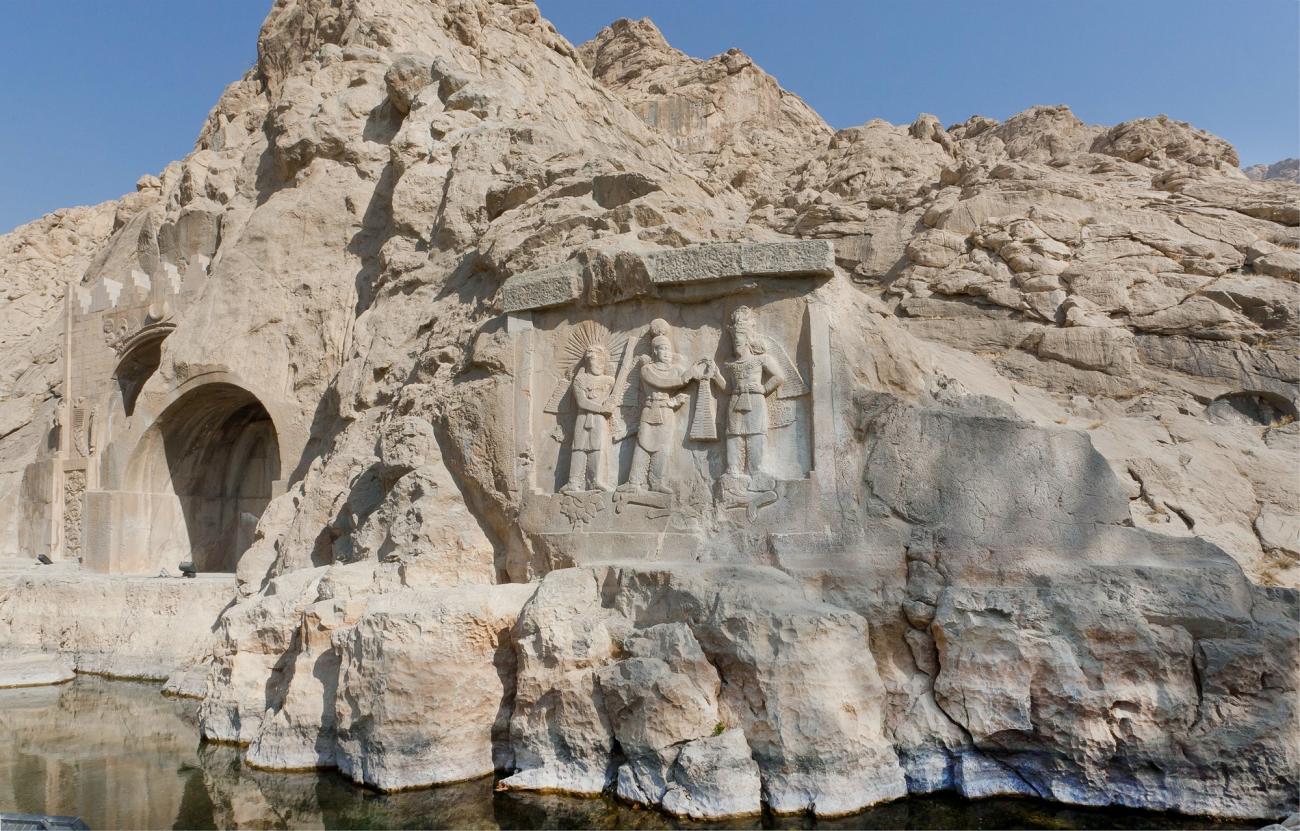
Kermanshah is a picturesque and lively market town with a largely Kurdish population who speak their own language and have their own traditions. In the countryside the Kurdish peasants still wear their typical and colourful clothes.
Sights in the city include Bisotoon with its bas-reliefs from the Achmaenian period (5th century BC) showing Darius I victory over his enemies; Taghe-Bostan built by the Sassanians in the 3rd century AD with impressive rock carvings and the Temple of Anahita, the goddess of beauty and fecundity dating from Parthian times (200 BC).
Mashhad
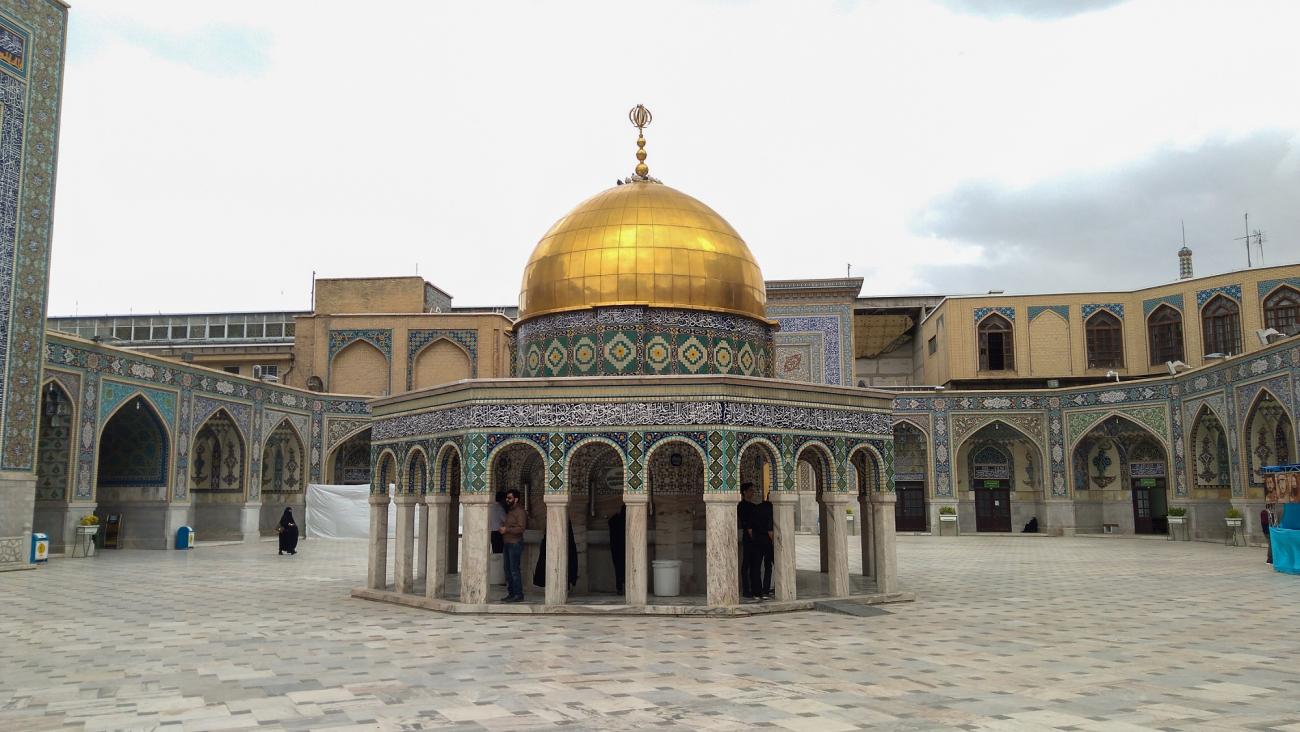
The capital of Khorasan province in northeast Iran and the second largest city in the country, Mashhad is best known for its beautiful pilgrimage shrine of Imam Reza. Mashad means 'the place of martyrdom' and is an extremely holy city for Shi'ite Moslems worldwide. It is where the eighth grandson of the prophet Mohammad, Emam Reza, was murdered in 817 and has been a place of pilgrimage ever since. Dress in Mashad should be particularly conservative.
Shiraz
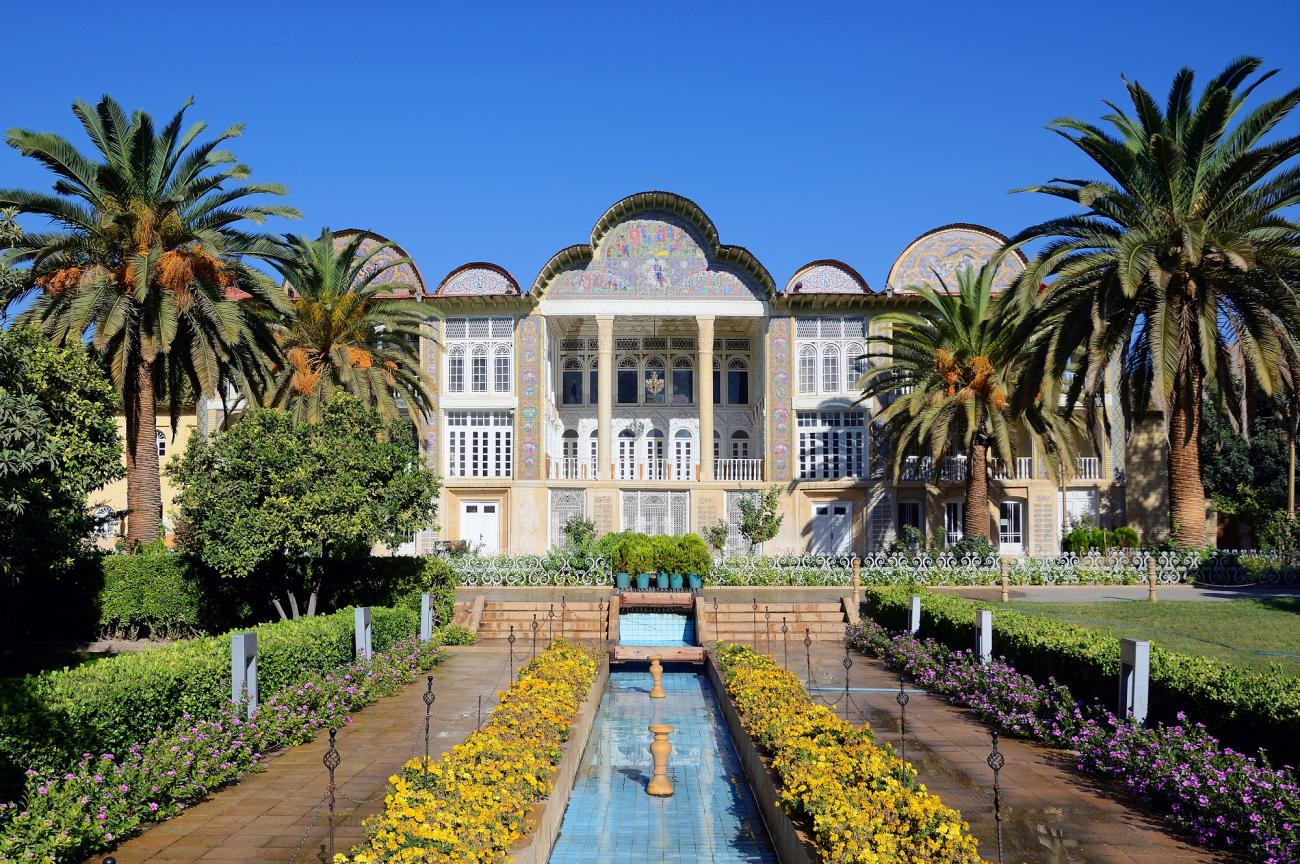
Shiraz is a city of sophistication and has always been celebrated as the heartland of Persian culture. It is the capital of Fars province and is one of the most beautiful cities in the world. Shiraz came to prominence after the Arab conquest of Iran and by the 13th century Shiraz had grown into one of the largest Islamic cities of the era; by the mid 18th century, it had become the capital spreading out like a garden on the plains at the foot of the Zagros Mountains.
Shiraz is synonymous with poetry and learning, as well nightingales and roses, and, at one time, wine. Today Shiraz is a relaxed, cultivated city, with wide tree-lined avenues and enough monuments, gardens and mosques to keep most visitors happy for days.
MORE INSPIRATION IN IRAN
Tabriz
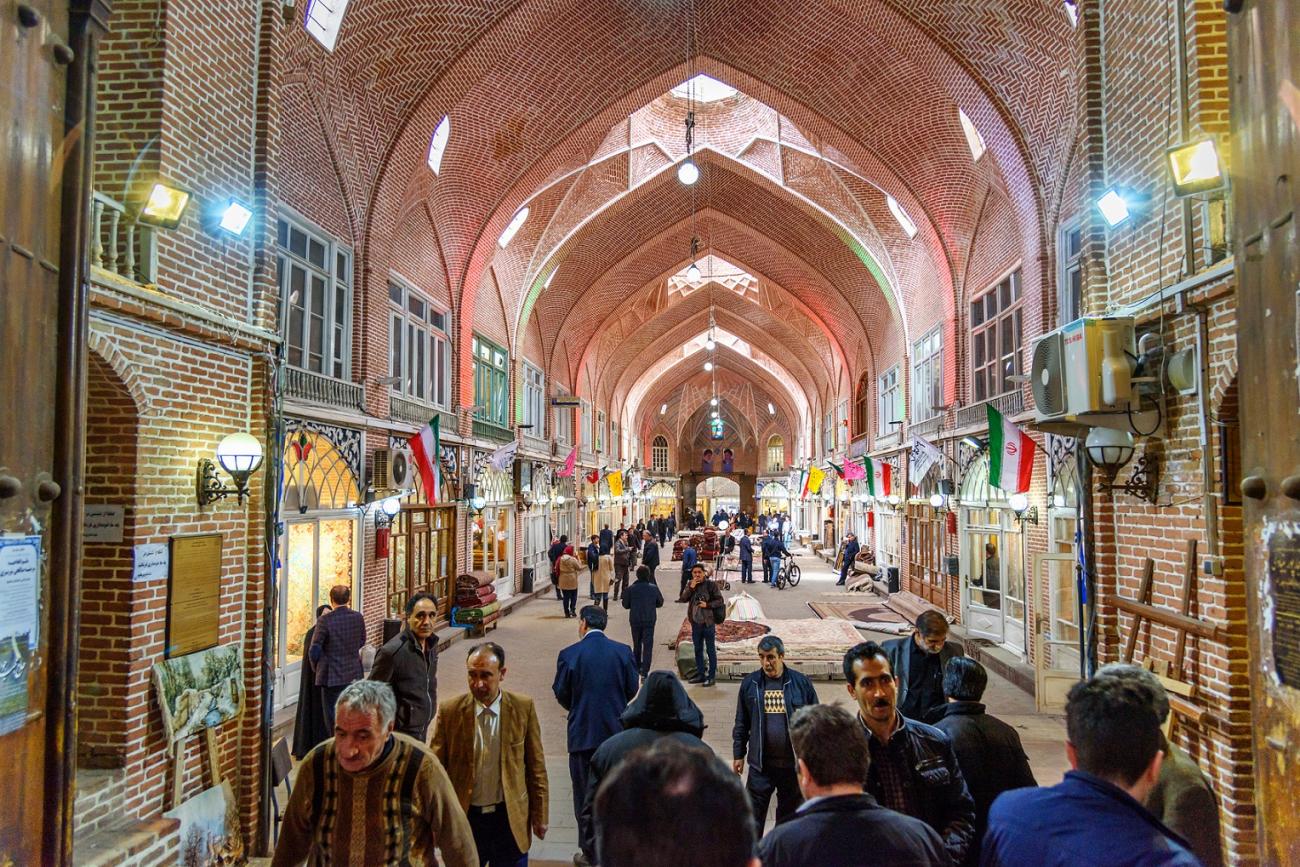
Dating back to distant antiquity Tabriz is the largest city in north-west Iran and was once the Persian empire capital. Its proximity to the Azerbaijani border has affected its history and it was occupied several times by the Russians in the first half of the 20th century, including during both World Wars.
Tehran
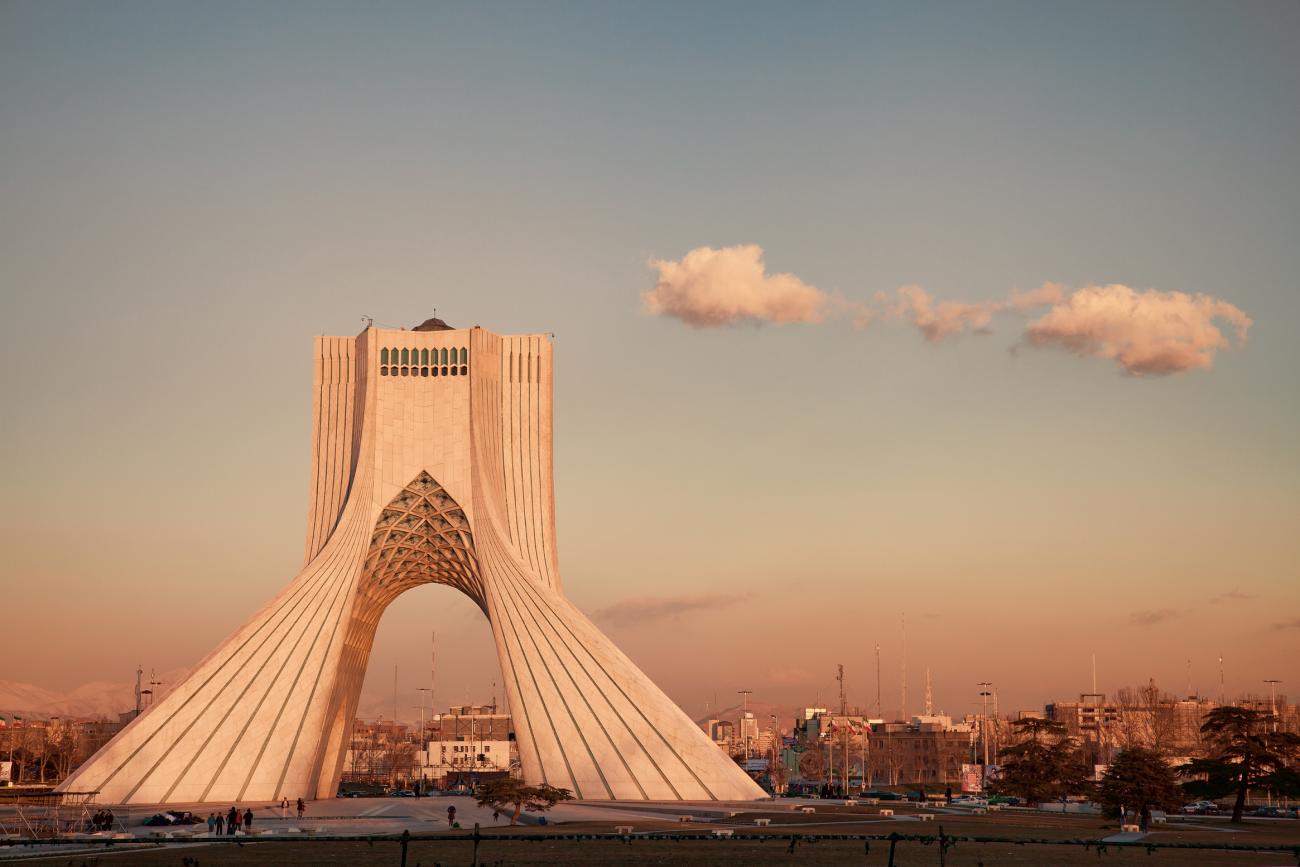
Tehran is a modern, bustling, overcrowded metropolis with a population of 12 million people. It became the capital of Iran in the 18th century under the Qhajar rulers and despite the traffic and the pollution is well worth a visit. Dominated by the towering Alborz Mountains, it has a wealth of royal palaces and some of the best museums in the Middle East.
The Caspian coast
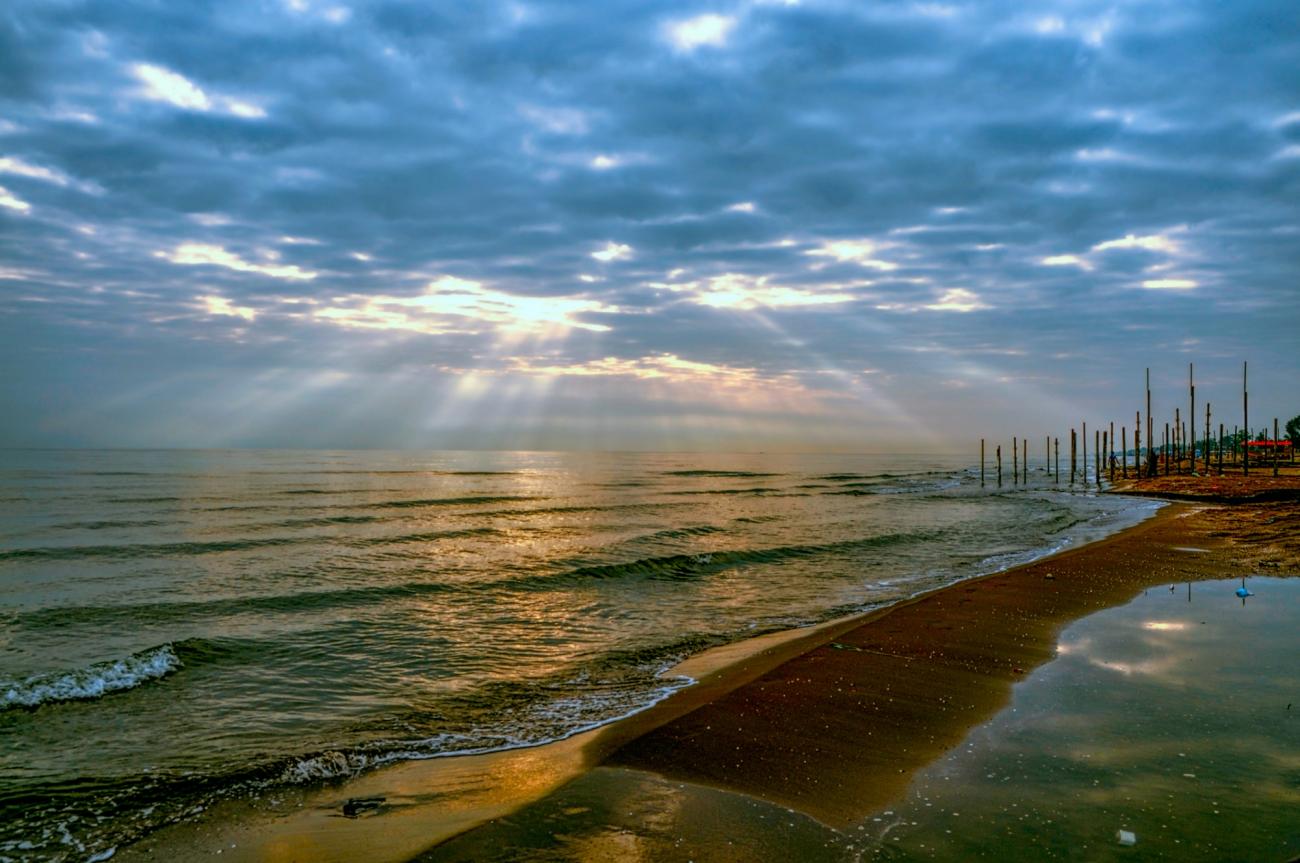
The Caspian coast, generally referred to as 'Shomal' attracts a great number of Iranian tourists, not so much for its beaches as for its greenery and cooling rains. The scenery, with its thickly wooded mountains and typical Caspian houses is still wild with a great variety of flora and fauna including jackals, bears and wolves.
It is an excellent area for trekking or day hikes. The inland village of Masouleh is the most attractive and typical of the Caspian villages which can be reached by car or on foot from Rasht, the capital of Gilan. Other attractive towns include Bandar-e-Anzali, the main Caspian port established by the Russians in 1800 famous for its caviar fishery, Ramsar, Sari and Bandare-Torkaman.
Yazd
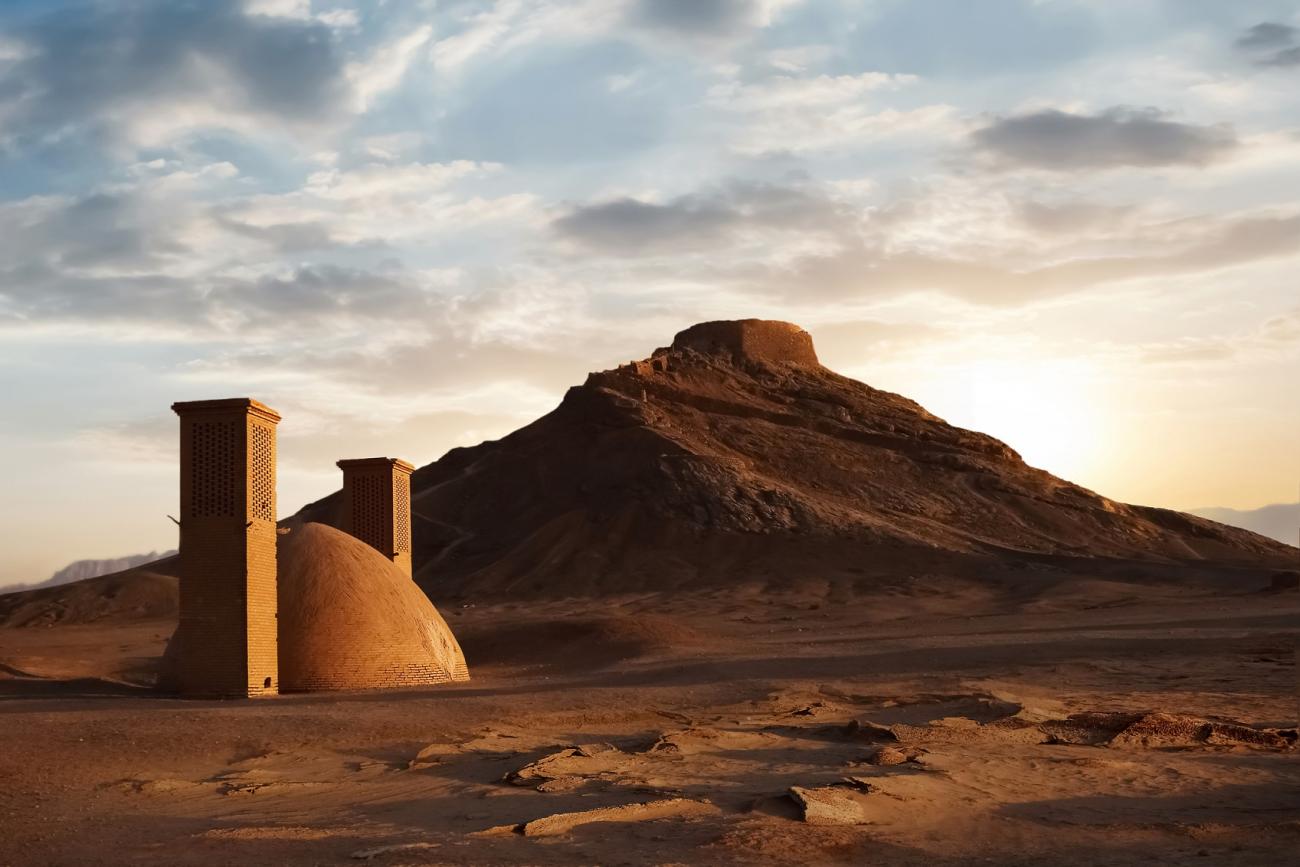
Yazd is one of the oldest cities in the world and the centre of the Zoroastrian religion. Zoroastrianism was the main religion across the Iranian plateau until the Arabs brought Islam to the people in the 7th century AD. Yazd is a city of wind towers, high turrets with openings to catch the winds providing natural air-conditioning during the hot summer months and qanats - underground canals used for irrigation.
A dry, desert city, Yazd until recently used to draw its water supply from the Shir Kuh mountains by means of an elaborate system of qanats, some as much as 45km long.